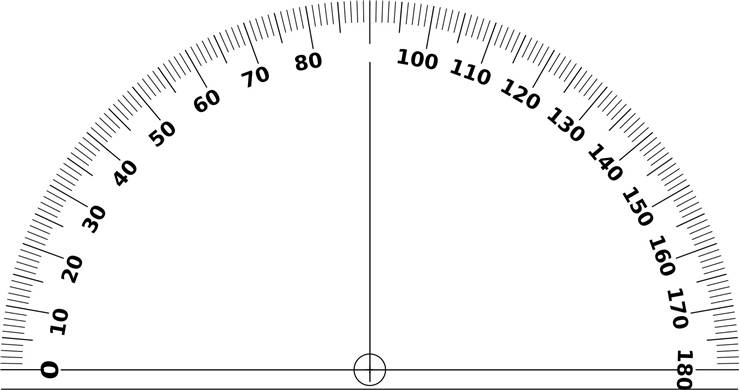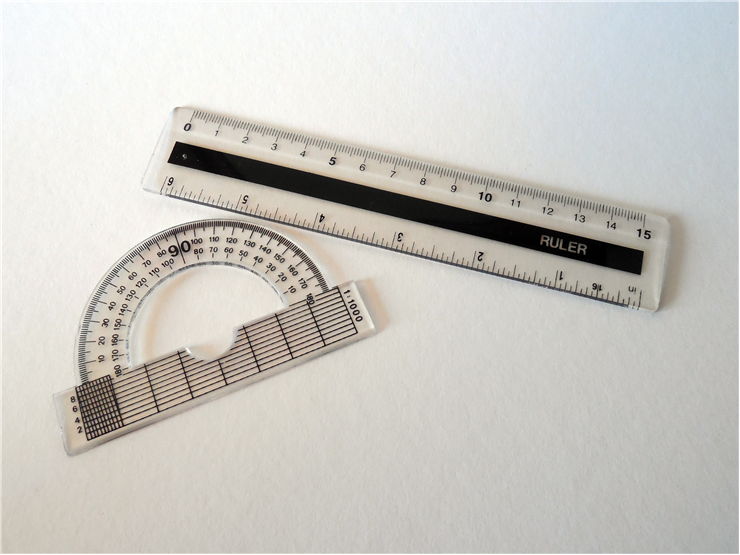Protractor - History and Types of Protractors
The protractor is an instrument used for measuring angles. It is usually made of transparent glass or transparent plastic. The protractor can have a radian or degree scale depending on the measurement system. The protractor is usually had a semi-circle size divided into one hundred and eighty parts or a full circle divided into three hundred and sixty parts.
Something that can be described as a protractor or a forerunner of a protractor is found in a tomb of an ancient Egyptian architect Kha, dating around 1400 BC (shortly before the reign of Tutankhamun).
The first real protractors were made more than five hundred years ago. In the book, Brief Description of Universal Mappes & Cards by Thomas Blundeville writer described a tool specifically designed for measuring angles and drawing them. The author of that book used protractors for map preparations and nautical charts for high-latitude usage. Some other European mathematicians also wrote about angle measurement tools simultaneously, so it is unknown who invented them first.

By the seventeenth century, protractors were standard tools for navigation at sea by sailors. It is also used for navigation on land. Joseph Huddart designed more sophisticated versions of the protractor in 1810 for calculating ship position at sea. This protractor was named three arm protractor because it had a circular scale and three arms. Two arms are rotatable, and one central arm is fixed so the protractor can set any angle relative to the center arm.
By the eighteen century, protractors were widely used in geometry and mathematics. By the nineteenth century, many different versions of protractors appeared, and by the twentieth century, the protractors became the standard for school mathematics.
Types of Protractors
Protractors can be made in various shapes: the most popular semi-circle, full circle, square, rectangle, sixth circle, or quarter circle. Materials that protractors are made of can be wood, ivory, plastic, or metal.
Mechanics or engineers can use protractors, but the most common use is in schools and geometry classes. Although the protractors are one-sided, they confuse new learners, so it is much easier for them to have protractors with both parties.
Jake Adams, a Musselburgh Grammar School math teacher, invented the first two-sided protractor in 2009. He named it “The Angler.”
Some of the more advanced protractors, such as angle. Protractors can have one or that help to measure the angle. Bevel protractors sometimes have Vernier scales attached to them to have more precise readings. This kind of protractor is commonly used for mechanical and architectural drawing but today is increasingly replaced with computer-aided design or CAD.
Toolmakers are also using this protractor. Very close tolerances are possible to measure with this tool. It can read to 5 minutes or 1/12°, and any angle between 0° and 360° can be measured. Parts of a bevel protractor are a beam, a graduated dial, and a blade. The blade is connected to a swivel plate.


